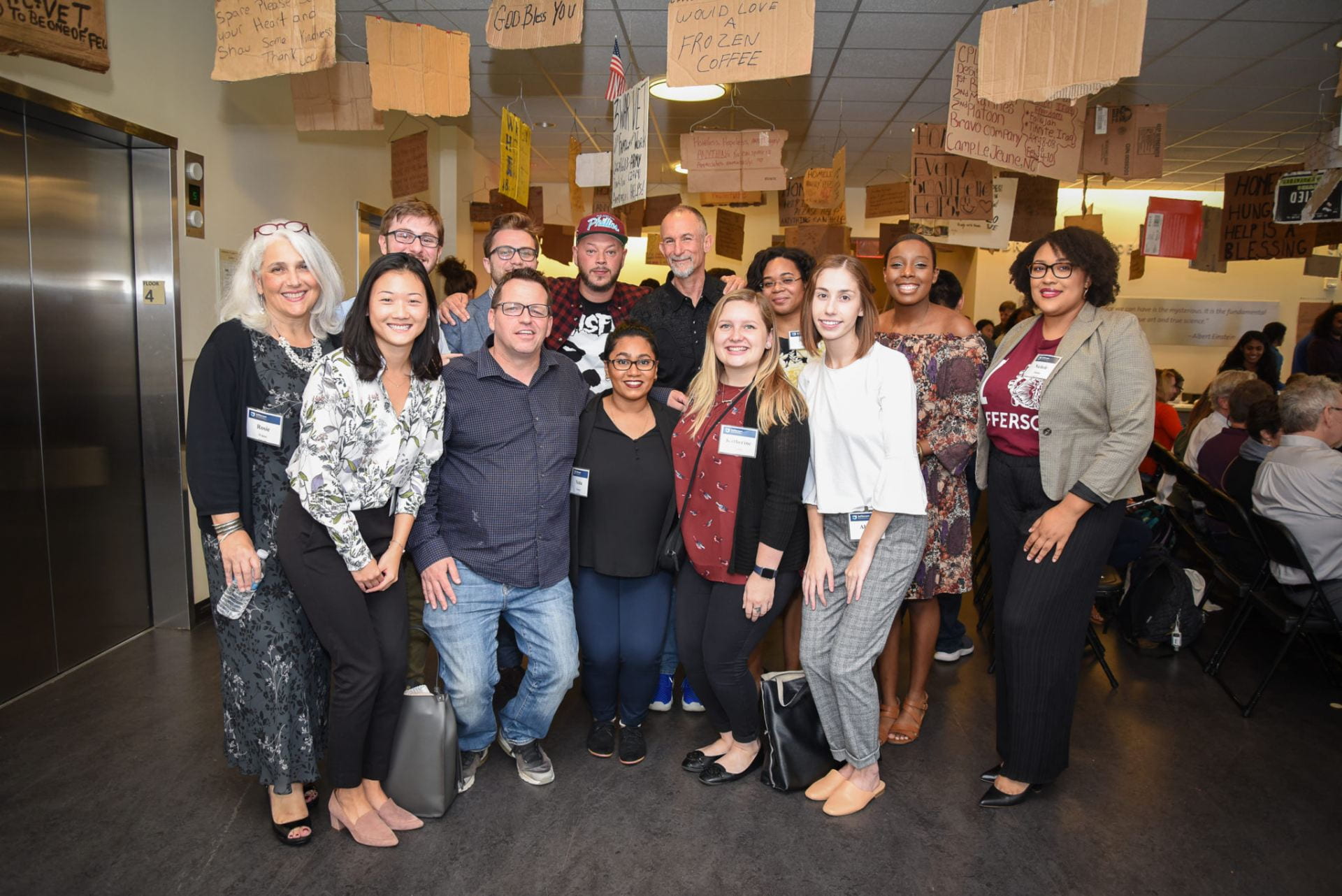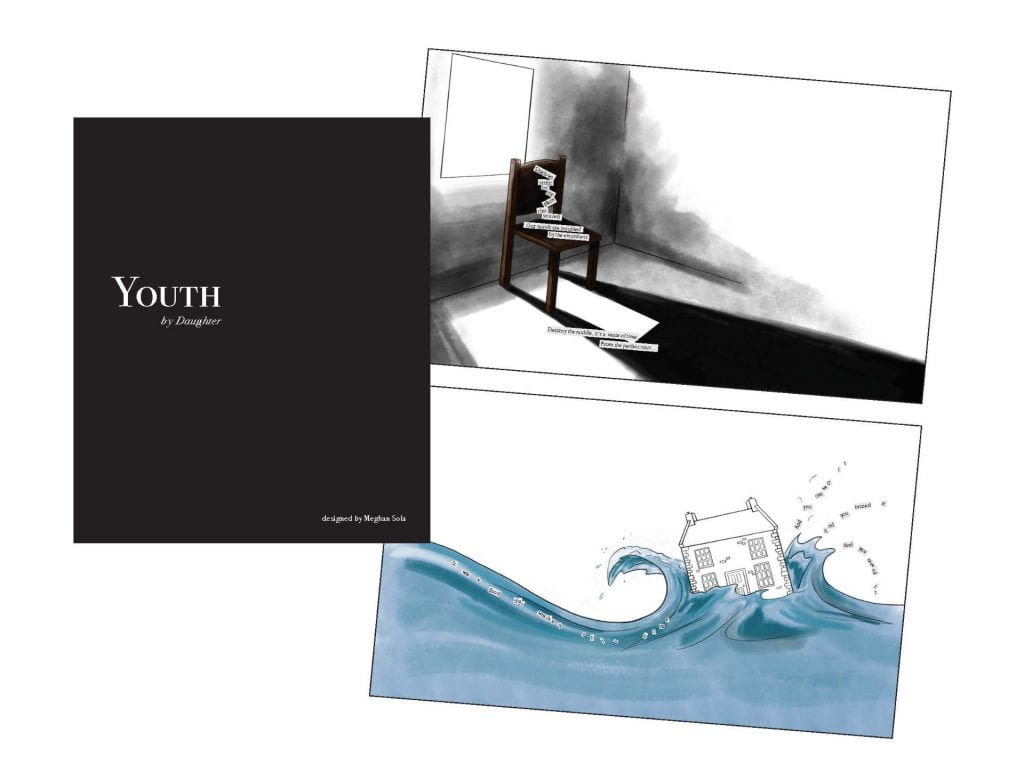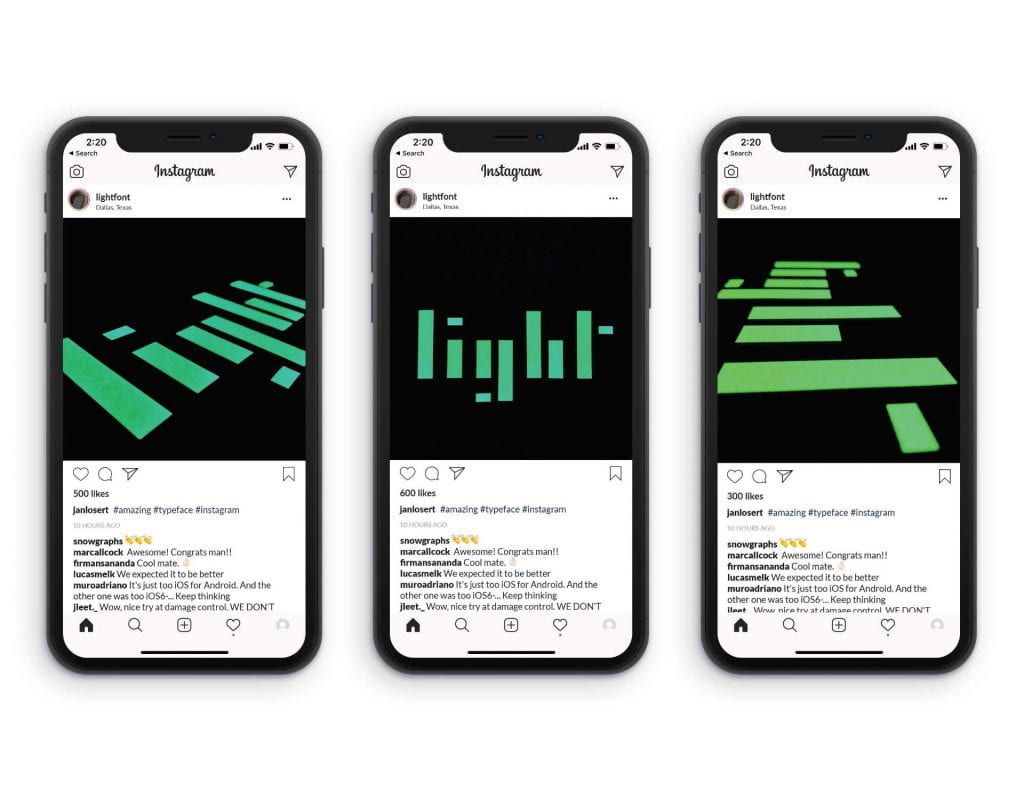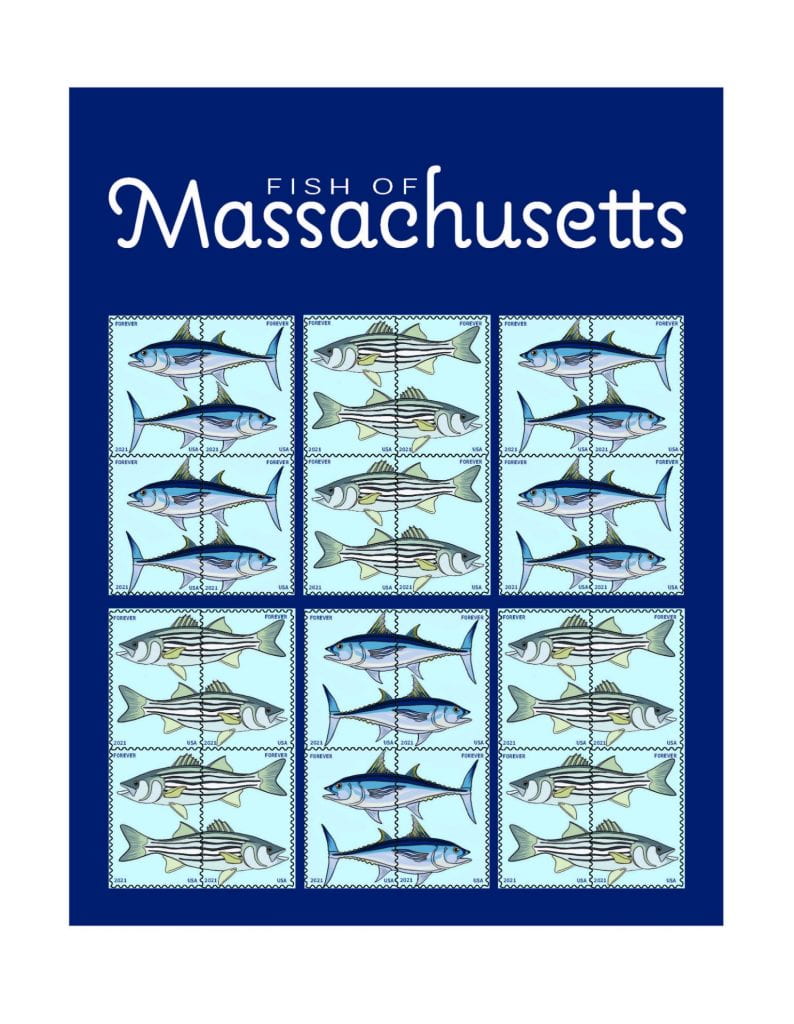Temerlin Professor Willie Baronet began buying signs from the homeless in 1993 to connect and learn more about the journey of those on the streets, which eventually led to the WE ARE ALL HOMELESS project. “Like many, I wrestled with whether or not I was doing good by giving them money,” says Baronet. “Mostly I struggled with my moral obligations and how my own choices contributed, in conscious or unconscious ways, to the poverty I witnessed. I struggled with the unfairness of the lives people are born into, the physical, mental and psychological handicaps. In my struggle, I avoided eye contact with those on the street, unwilling to really see them, and in doing so avoided seeing parts of myself. That began to change once I began asking them if they would sell their signs.” Twenty-seven years later, he has collected around 2000 signs, which he uses to raise awareness for the homeless through events and exhibitions.
Earlier this year, Baronet was featured in a group exhibition, Houseless, at the Anchorage Museum. Some 500 collected signs were on display as part of a larger conversation: Could artists use design to find solutions to combat homelessness? According to the museum, “Design thinking helps break down complex problems and integrate new information and opinions while acknowledging there is no one right answer. The Houseless project provides a space for awareness, education and creative problem-solving around housing security in our own community. It supports individuals and communities in problem-solving together.” The exhibit concluded last month and included events such as Houseless Panel Conversation: Problem-Solving Through Design and Intersections of Domestic Violence and Homelessness for artists and the community to engage in a dialogue to discuss these challenging issues. Baronet’s cross-country sign collecting documentary, Signs of Humanity, was also featured as part of this exhibition.
More recently, Baronet was featured on Fox News regarding the second annual Home Is A Journey march, which took place November 14 at SMU to raise awareness about homelessness, compassion, gratitude and privilege. The event collected donations for two Dallas-based nonprofits, The Bridge and Vogel Alcove, that support the local homeless community. Participants also assisted with the socially distant assembly of blessing bags (snacks to hand out to the homeless) and learned about the Dallas homeless community through various speakers at the event. Home Is A Journey concluded with a march across campus in which each masked participant silently carried a homeless sign. Baronet explains, “It is important to recognize privilege, especially now. It’s also important to see each other as humans. I hope that WE ARE ALL HOMELESS provides inspiration and resources for students and our community to connect with those on the fringes of society.”
Baronet finds a direct correlation between this passion project and teaching creativity in advertising. “First, homeless signs are one of the purest forms of advertising,” he says. “Second, as a creative project, it is a great example of how creativity IS problem-solving and that creating compelling content is the best way to persuade people. This past year, one of the posters I designed for a WE ARE ALL HOMELESS exhibit was accepted into the Communication Arts Design Annual, the most prestigious design competition in the world. It’s hard to find a stronger intersection than that.” In addition, many of Baronet’s students volunteer outside of class with some aspect of the project, whether it’s helping kids at a workshop, assisting with an installation, or participating in the Home Is a Journey march across campus.























































































